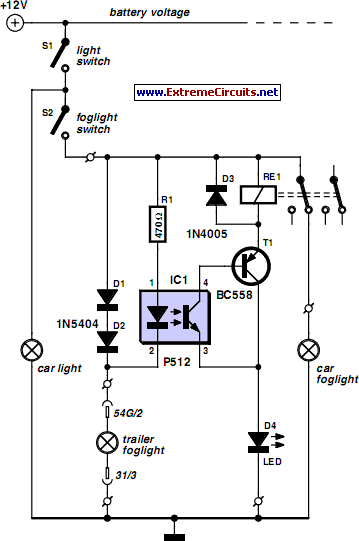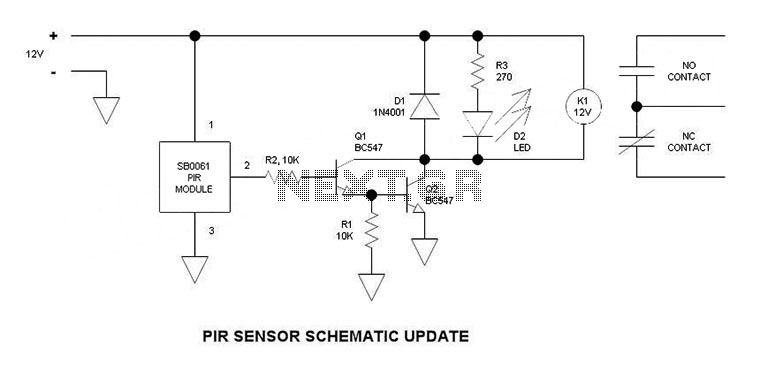
OPB350 Tube Liquid Sensor

The PCD3360 is a CMOS integrated circuit designed to replace the electro-mechanical bell in telephone sets. It meets most postal requirements, featuring selectable output tone sequences and input ringer frequencies. The circuit provides output signals suitable for driving a loudspeaker or a piezo-electric (PXE) transducer. An audio transformer is not required, as the loudspeaker operates in class D.
The PCD3360 integrates various functionalities that enable it to serve as a modern alternative to traditional mechanical bells. Its CMOS architecture ensures low power consumption and high reliability, making it suitable for battery-operated devices. The selectable output tone sequences allow for customization of alert signals, which can be tailored to user preferences or specific application requirements.
The input ringer frequency detection capability ensures compatibility with a variety of telephone line signals, enhancing its versatility in different environments. The output stage is designed to drive either a loudspeaker or a piezo-electric transducer, offering flexibility in sound production. The class D operation mode is particularly advantageous as it provides high efficiency, minimizing heat generation and power loss while maximizing sound output.
The absence of an audio transformer simplifies the design and reduces the overall footprint of the circuit. This feature not only lowers manufacturing costs but also enhances reliability by minimizing the number of components that could potentially fail. The PCD3360 is suitable for a wide range of applications, including residential and commercial telephone systems, intercoms, and other communication devices requiring audible alerts.
In summary, the PCD3360 is a highly efficient and versatile CMOS integrated circuit that modernizes the traditional telephone bell system, providing customizable audio signals while ensuring compatibility and reliability in various applications.The PCD3360 is a CMOS integrated circuit, designed to replace the electro-mechanical bell in telephone sets. It meets most postal requirements, with selectivity of output Tone sequences and input ringer frequencies.
Output signals for a loudspeaker or for a piezo-electric (PXE) transducer are provided. No Audio transformer is required since the lo udspeaker is driven in class D. 🔗 External reference
The PCD3360 integrates various functionalities that enable it to serve as a modern alternative to traditional mechanical bells. Its CMOS architecture ensures low power consumption and high reliability, making it suitable for battery-operated devices. The selectable output tone sequences allow for customization of alert signals, which can be tailored to user preferences or specific application requirements.
The input ringer frequency detection capability ensures compatibility with a variety of telephone line signals, enhancing its versatility in different environments. The output stage is designed to drive either a loudspeaker or a piezo-electric transducer, offering flexibility in sound production. The class D operation mode is particularly advantageous as it provides high efficiency, minimizing heat generation and power loss while maximizing sound output.
The absence of an audio transformer simplifies the design and reduces the overall footprint of the circuit. This feature not only lowers manufacturing costs but also enhances reliability by minimizing the number of components that could potentially fail. The PCD3360 is suitable for a wide range of applications, including residential and commercial telephone systems, intercoms, and other communication devices requiring audible alerts.
In summary, the PCD3360 is a highly efficient and versatile CMOS integrated circuit that modernizes the traditional telephone bell system, providing customizable audio signals while ensuring compatibility and reliability in various applications.The PCD3360 is a CMOS integrated circuit, designed to replace the electro-mechanical bell in telephone sets. It meets most postal requirements, with selectivity of output Tone sequences and input ringer frequencies.
Output signals for a loudspeaker or for a piezo-electric (PXE) transducer are provided. No Audio transformer is required since the lo udspeaker is driven in class D. 🔗 External reference





